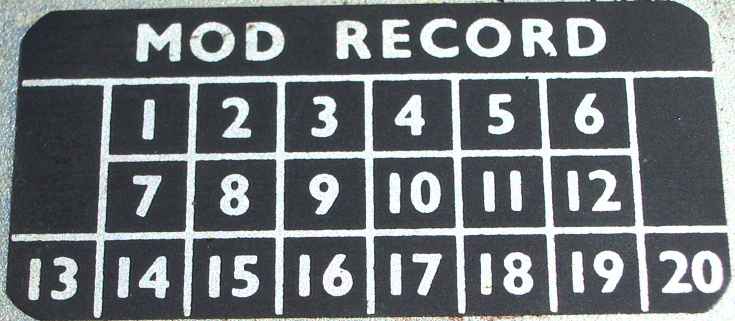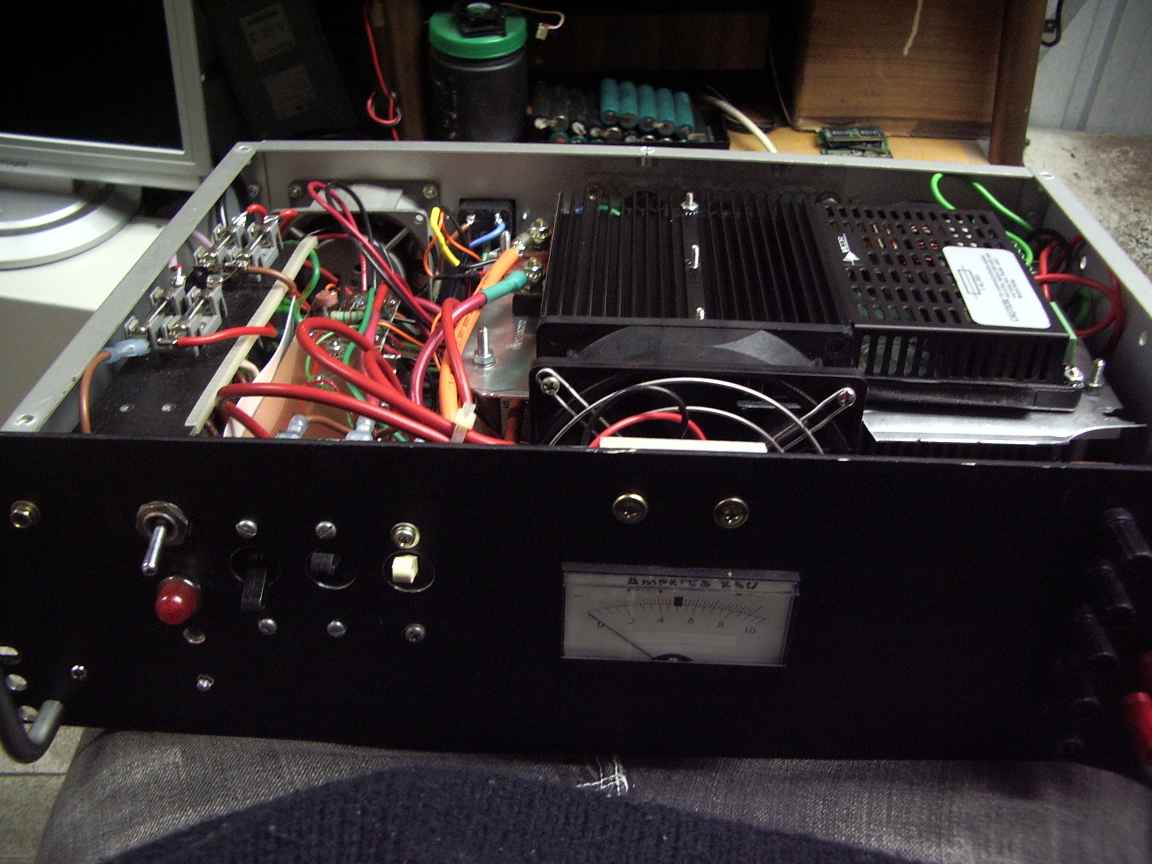
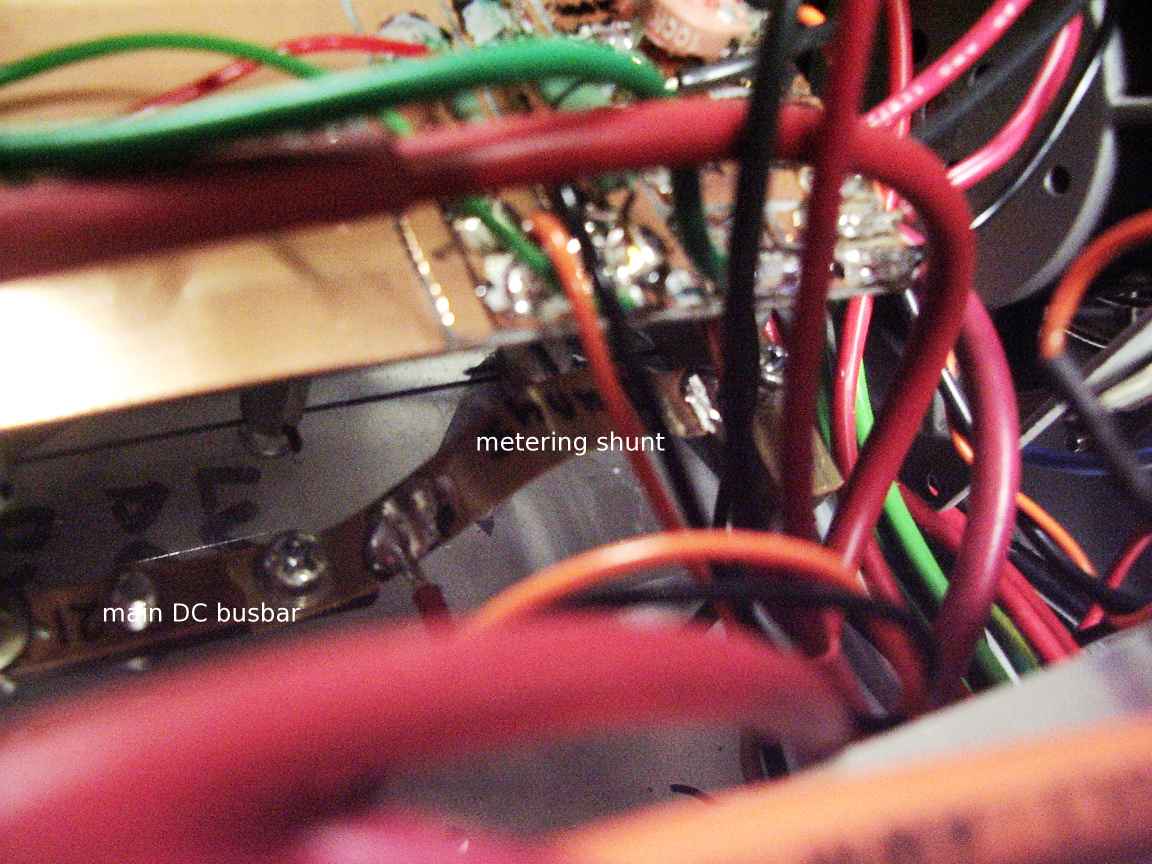
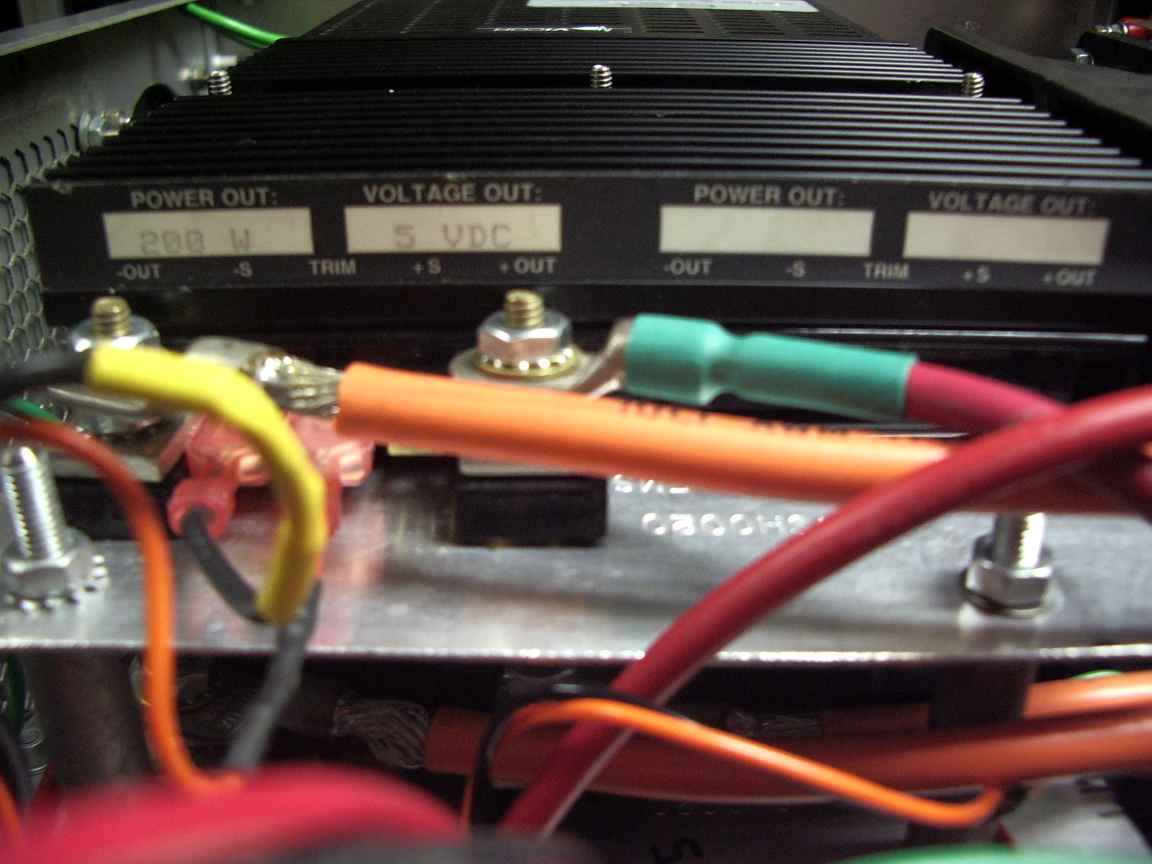
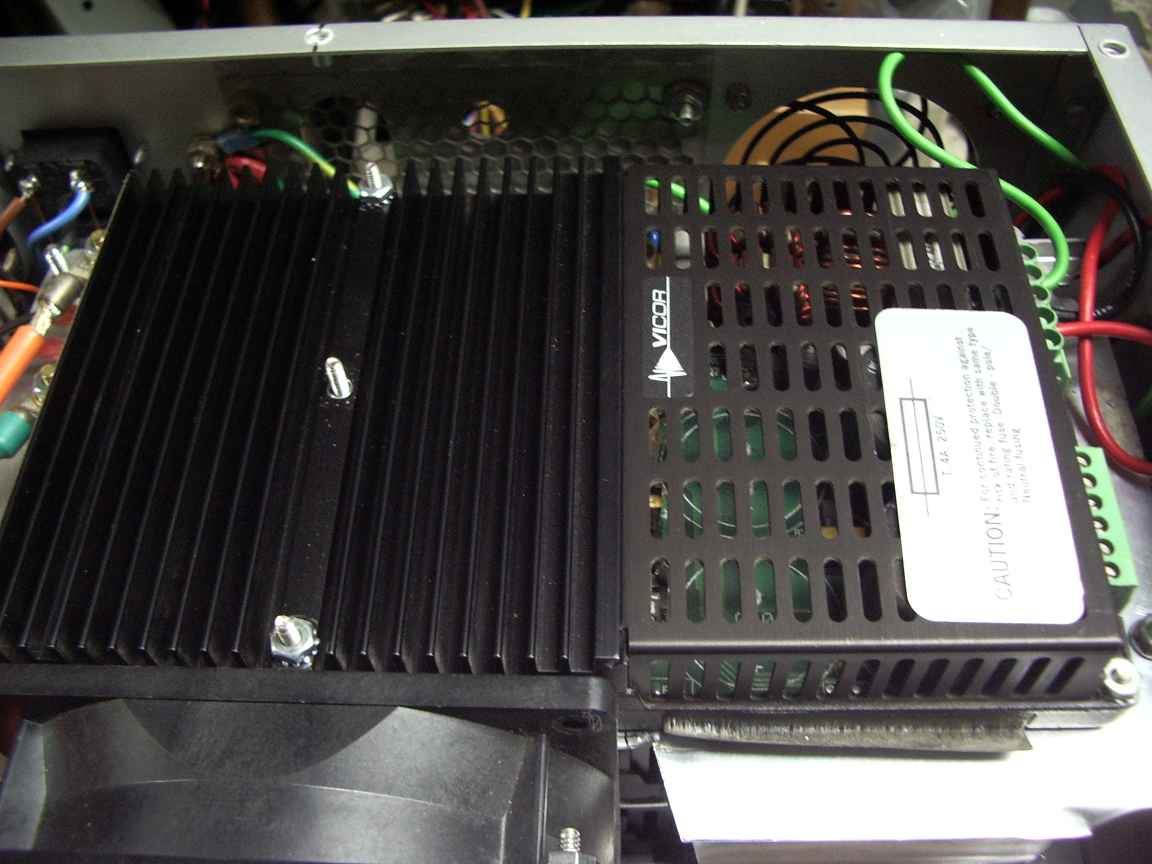
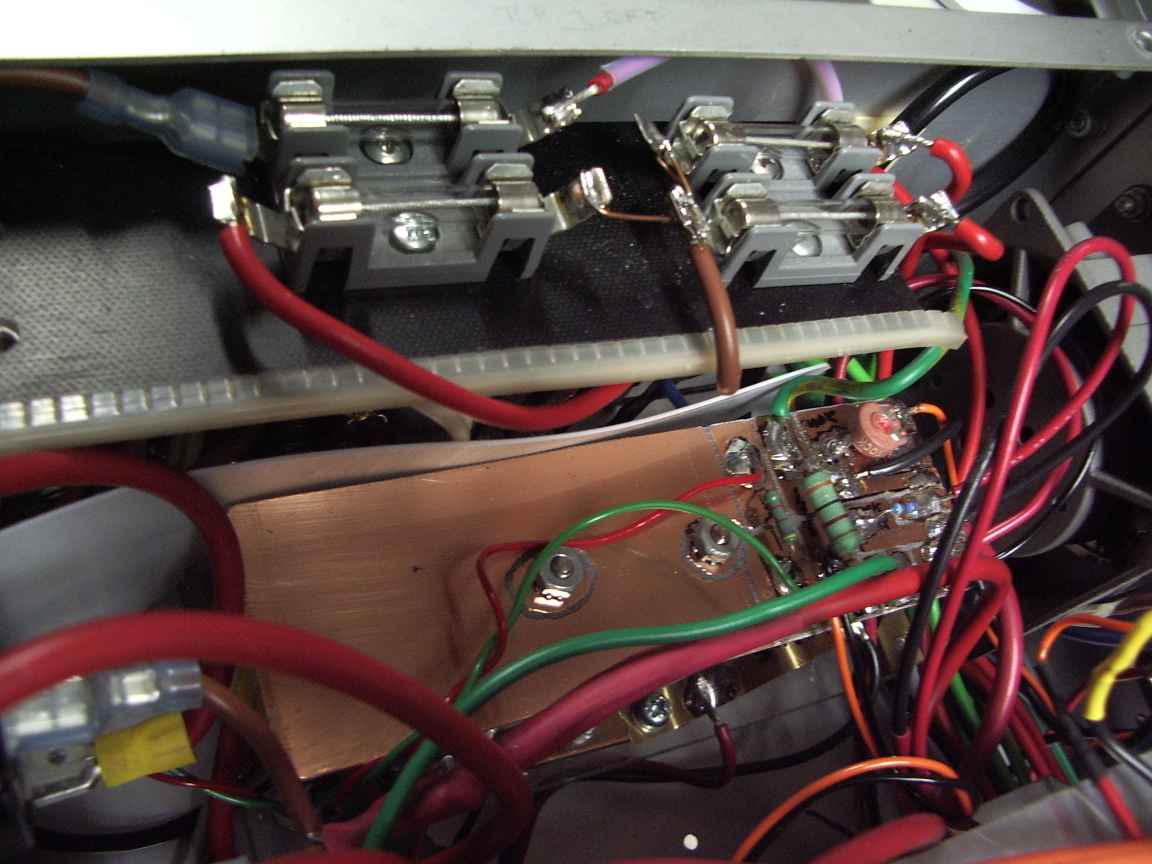
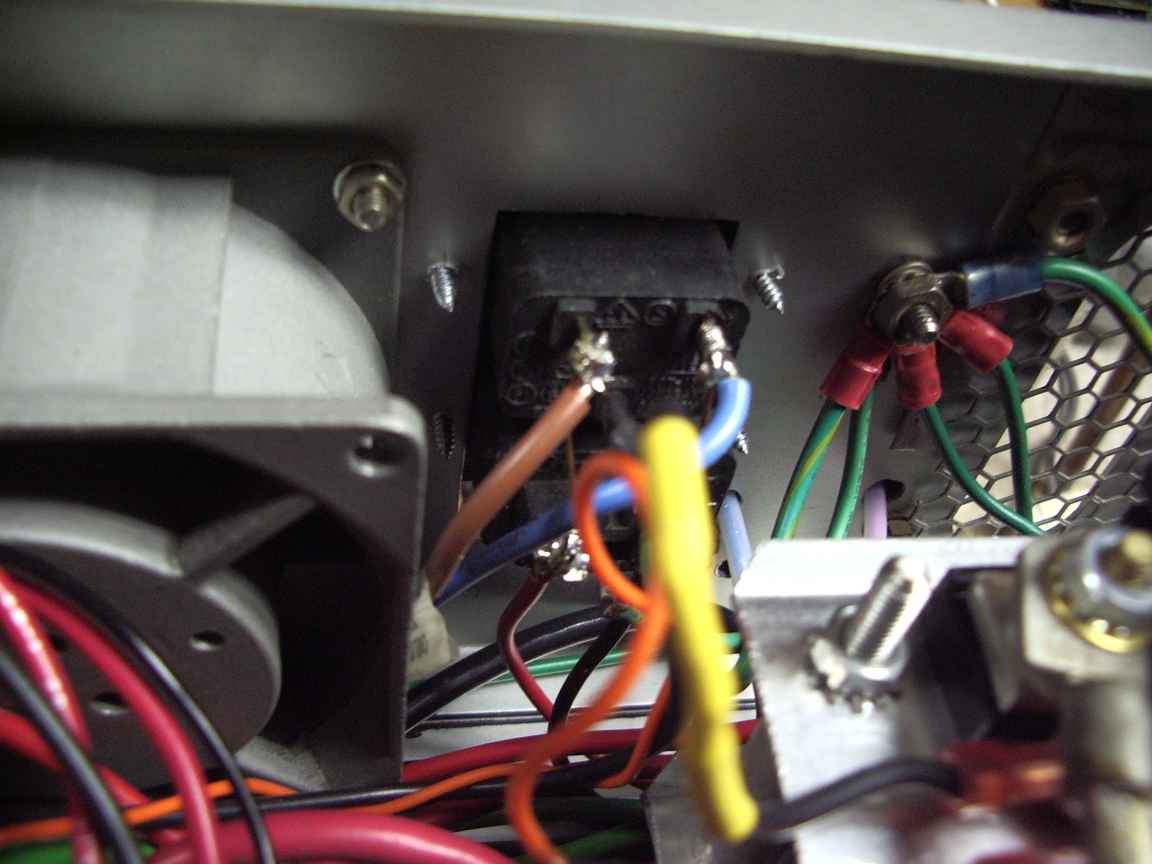
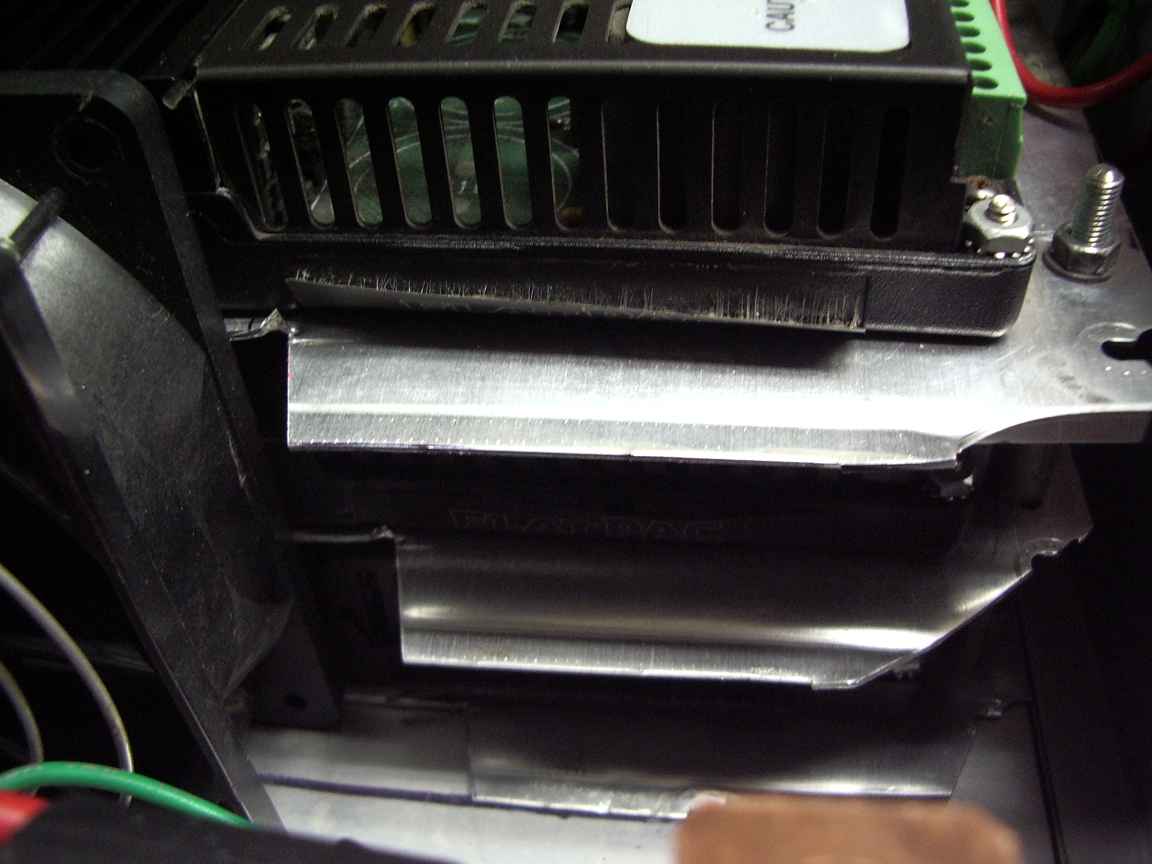
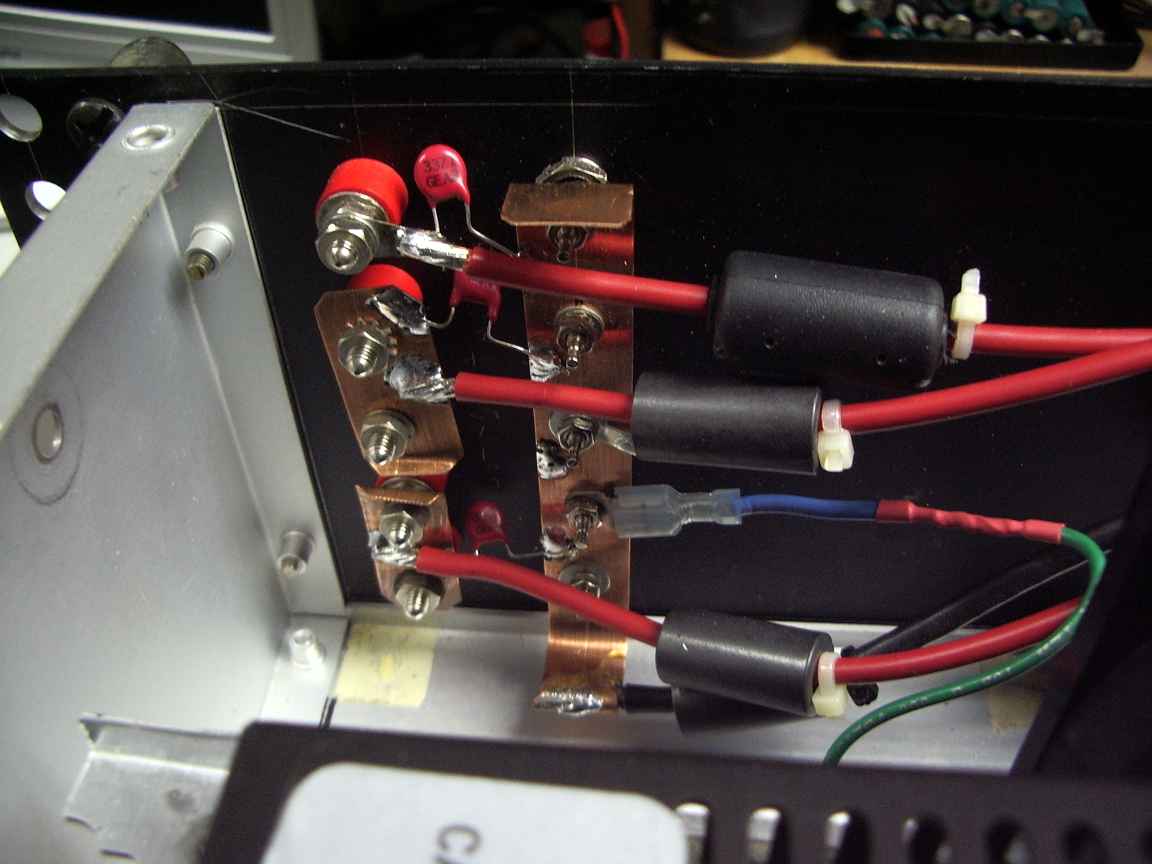
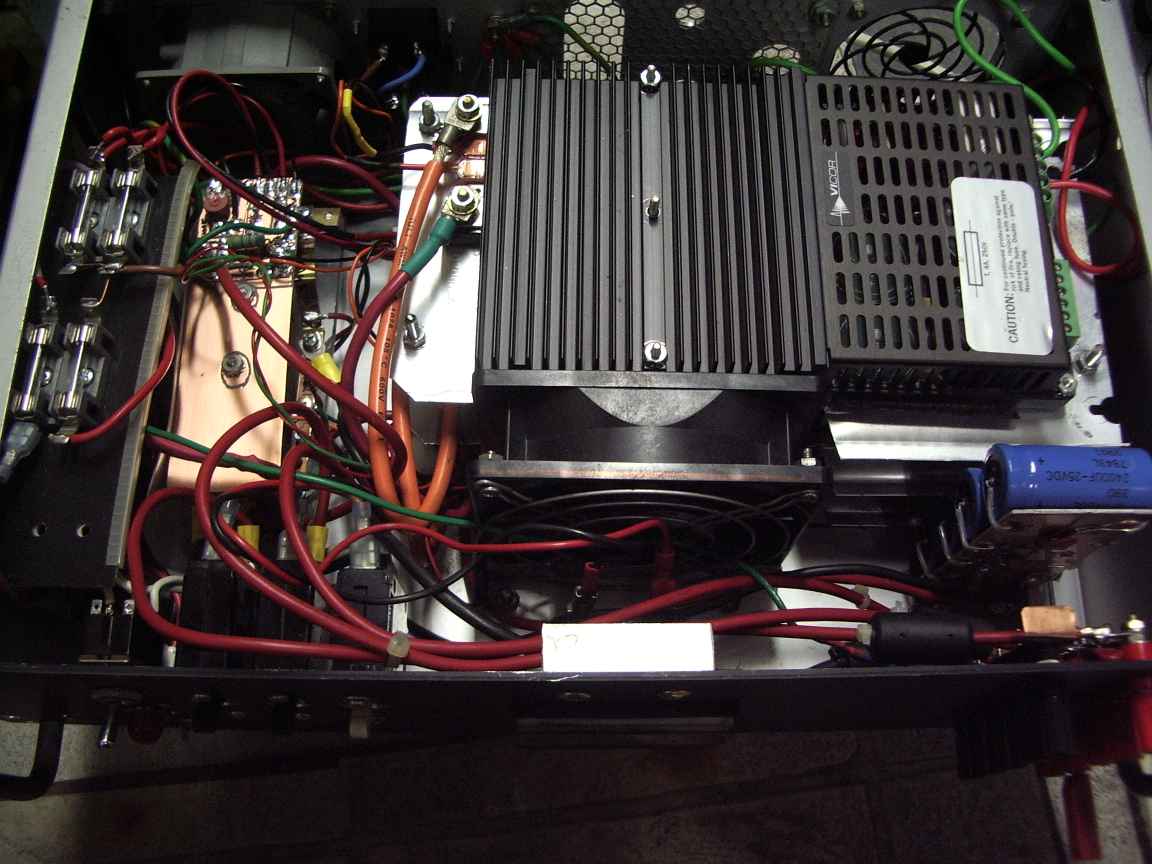
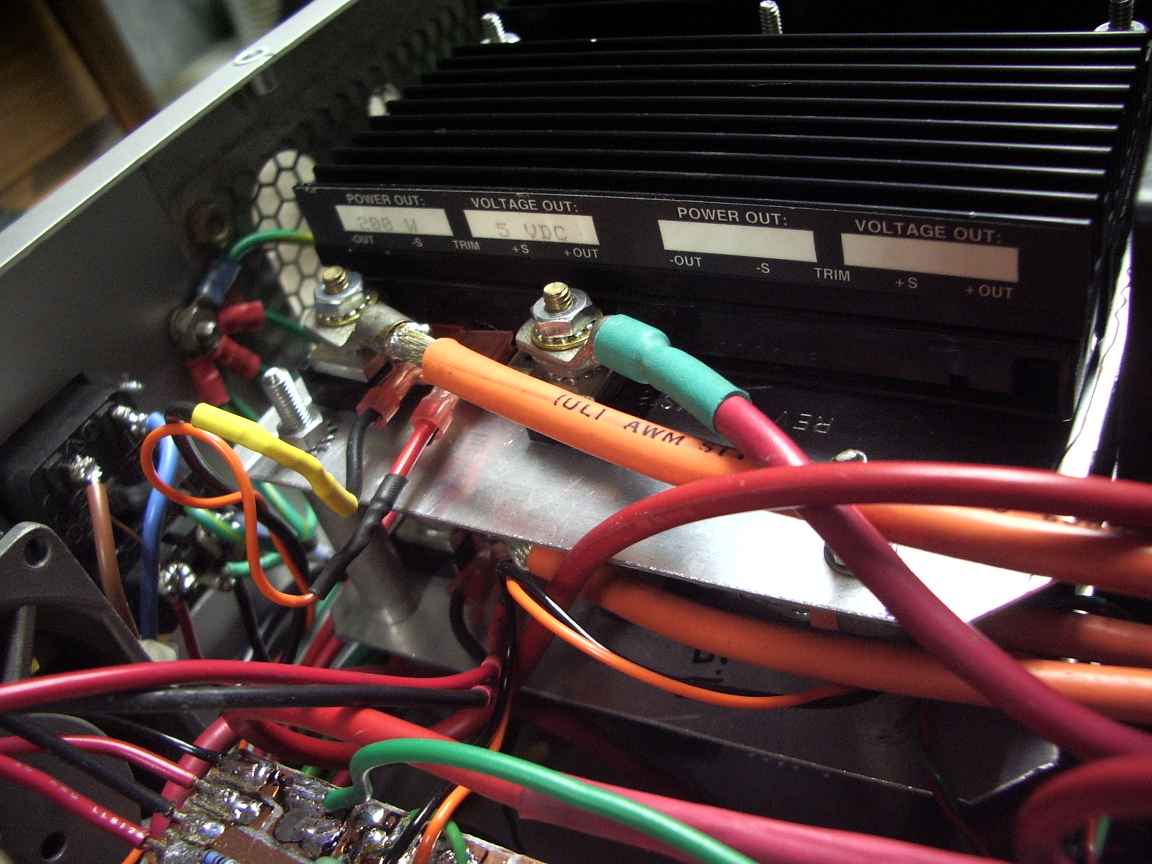
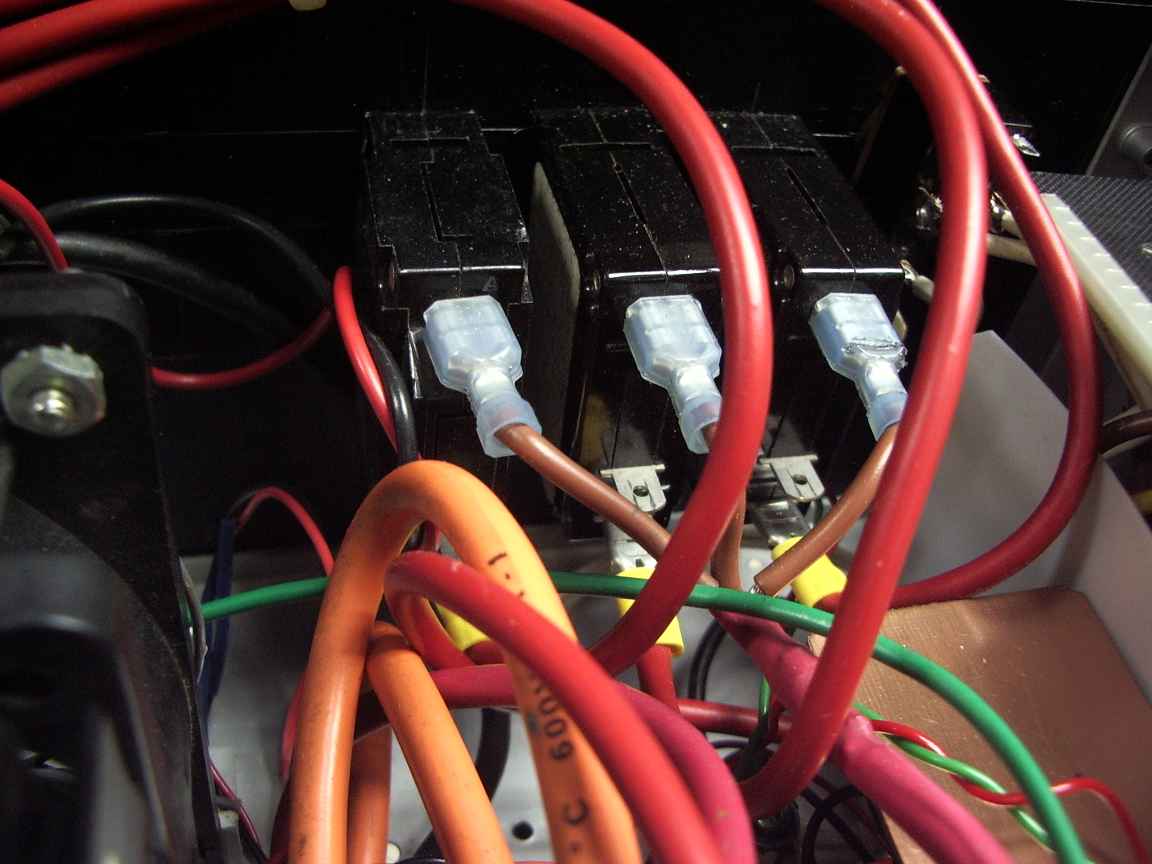
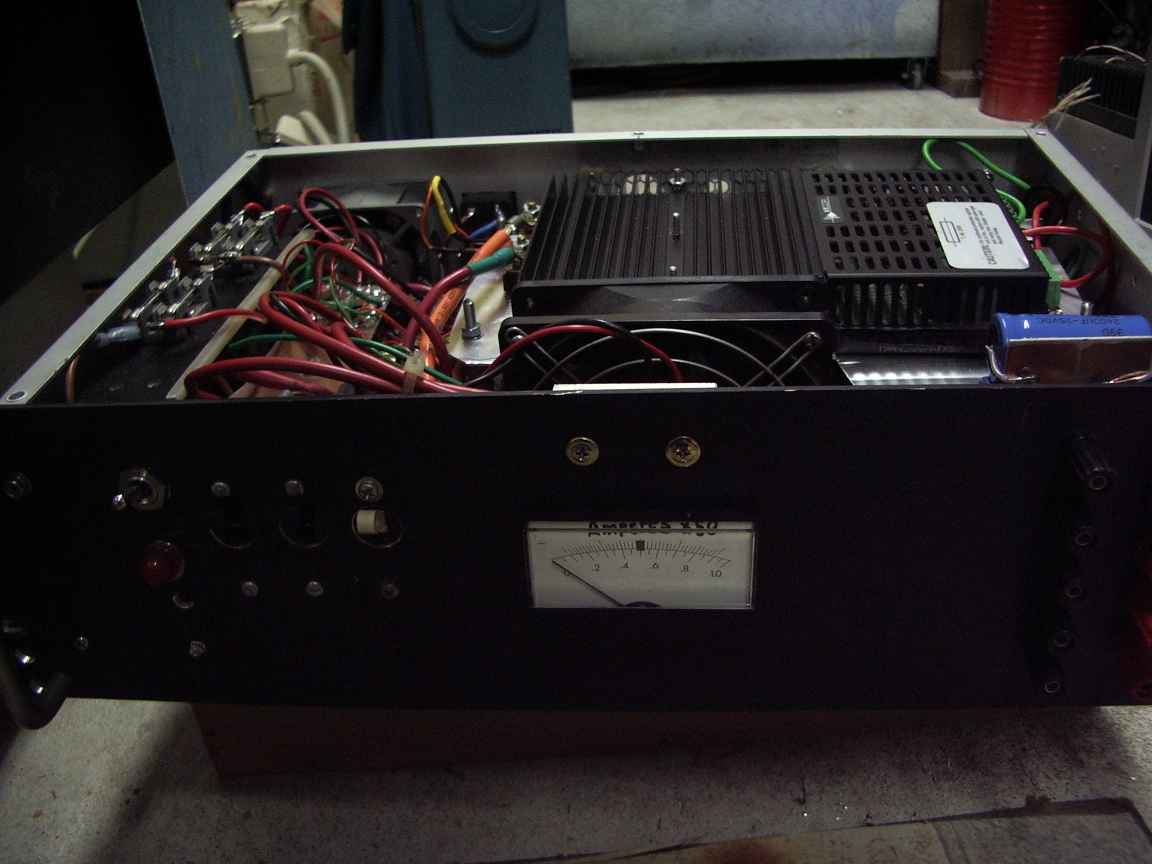
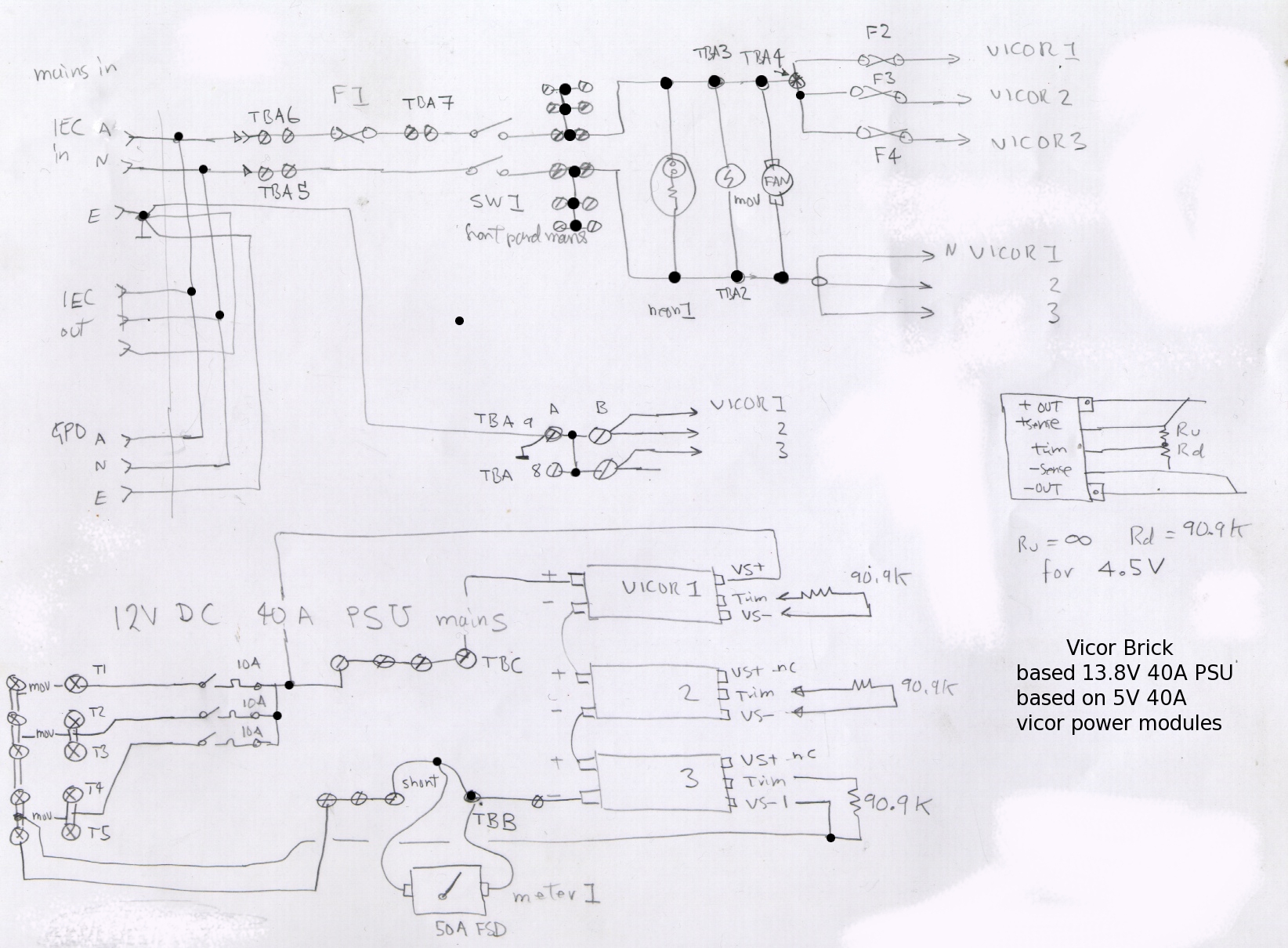
A Zillion Amp 12 volt power supply for Ham use. Using VICOR power bricks in series. |
| Just what the world needs, yet another 12 Volt zillion amp power supply. |
Why did I biuld this ? My IC730 , very kindly given to me by VK2TPM , draws about 25Amperes on voice peaks. I tried to run it with PC power supplies, and whilst many can supply transient loads of the order of 15Amps, none can do 25A. PC power supplies also release a lot of RF hash on their outputs, I dont begrudge them this deficiency, they were not designed for powering radios. I first notices there VICOR power bricks in some of our older networking equipment. Here they had been laboring away for many years without any trouble, and then they were discarded. I took three of the power supplies and removed the VICOR modules. I knew they would come in handy one day. That day arrived when I got back my Ham call after a 15 years absence from the air. These VICOR modules were designed to yeild 5 volts at 40 Amperes, with mains input. Each one fits nicely in your hand. They are a stunning example of the power supply state of the art. Short circuit protected, overvoltage protected and very quiet in terms of RF hash. They have mains input that runs from about 70 volts to 250 volts ( I tested this with a variac) and the outputs are not ground referenced, they are floating. Brilliant! That means they can be wired in series ! 15 volts is still a bit high, and 15 volts is not 12 volts. The VICOR bricks have a very elaborate remote control and remote voltage sense mechanism and a trimming margin that is quite impressive. So in my series string, two of them run at 5.0 volts output and one of them is trimmed down to 3.8 Volts where it is more than happy to operate. VICOR have a very extensive website with all spec sheets and application notes which were applied to make this series string work. My design has few Ralphisms, but otherwise works extremely well. The output busses are supplied by 3 DC high current magnetic circuitbreakers. Do not attempt to use AC breakers in this sort of application. They misbehave on DC. These breakers were sitting in my junk box for nearly 20 years before being used here. The current measuring system is some random meter from the junk box and a current shunt made from a strip of 5 mil brass shim stock about 3 inches long. Brass shim stock is great for making high current metering shunts because it is easy to mount, easy to solder to. It is calibrated by putting another ammeter in series with it and choosing and securing the tap points. It is only as accurate as the other meter used to calibrate it. The only refinement I have had to add is a bank of output capacitors, not for smoothing, the VICOR bricks put out "battery" quiet DC allready, but added for transient performance management. Sometimes one of the VICOR modules goes into over current limit when a transient current is drawn, say from a discharged capacitor or under severe key down use or even voice peaks when powering an SSB linear amplifier. The output busses are also protected with a metal oxide varistor. Why ? 12 volts is not a high voltage, but many Amperes flowing through even STRAY inductance when it is interupted will result in multi hundred volt transient spikes that will eventually destroy connected equipment. A tripped magnetic circuit breaker can generate a spike of thousands of volts. The MOVs here will trip at a conservative 36 volts giving me great piece of mind. The VICOR bricks are extremely efficient, the big fan is overkill, but I was brought up in the old school and I feel that power electronics should be kept COLD ! This project cost absolutely nothing to construct, it was made completely from junk box contents. Even the case had a prior life ! |
Well,
since then, sniff, one of the VICOR power bricks died. It went
intermittent and then just stopped. Did not even blow a fuse, it just
stopped. Very sad. Did I have a spare. Nope. All I had where
ASTEC near equivalents with incompatible metal work. What to do ? The
VICOR bricks can be adjusted upwards up to 6.3 volts, so two of them
still render a serviceable 12.6 volts, not quite the 13.8 Volts as
really wanted by the IC730. Then I discovered that the bricks
emitted a nasty spur right on 7.090 Mhz where I had a sched. The spur
was not emitted on the output, as you might expect but leaked out
through the mains input. This was cured by inserting a common
mode filter on the mains input and threading the mains frame earth
connection through 6 turns on a lossy ferrite suppression toroid
choke.The big fan is a noisy pain, still to come, some sort of circuit
that activates the fan when more than a couple of amps is being drawn.
The fan is a must, there is a huge amount of power being switched
in an extremely confined space. The makers of these bricks must be
commended for squeezing 200Watts of switching power into a few cubic
inches. |

